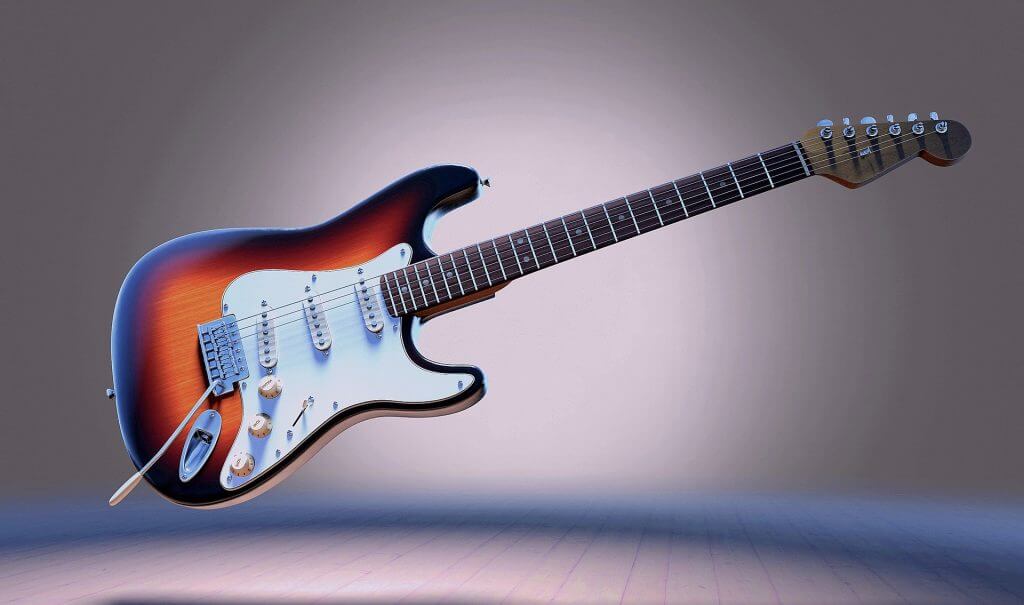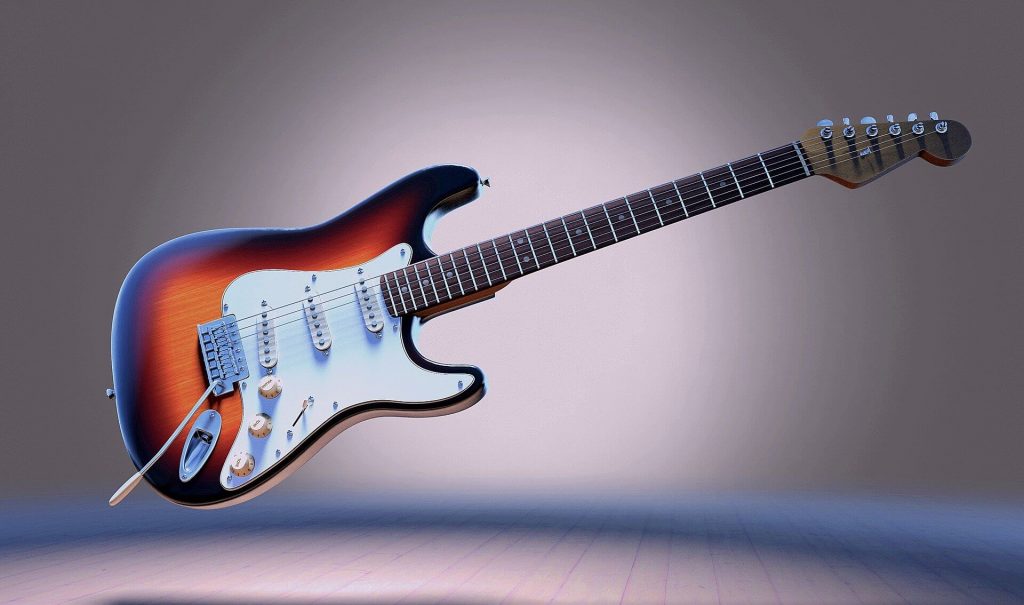Guitar players have always faced the challenge offered by tuning a guitar, and the development of the electronic tuners helped that task. Electronic tuners have helped players to tune accurately, but that familiar picture of a guitarist twisting tuning keys while chatting with the audience just may change forever with the advent of the Gibson Robot self-tuning electric guitar.
Meet the Inventor
The first practical self-tuning guitar was the product of one player’s frustration with wasted time spent tuning his instrument. Chris Adams wasn’t a professional engineer or scientist, just a German guitar technician who played and wanted to solve a problem.
He started developing a system in the ’90s called Powertune and spent the following ten years perfecting it, finally founding Tronical, an R & D lab for his electronic tuners located in Germany. During the creation of his ground-breaking invention, Chris faced developmental research challenges that ranged from designing the micro-piezo pitch sensing pickups in the bridge to creating a mathematical tuning algorithm that was accurate enough for his system.
Additional hurdles were designing and programming the computer electronics and engineering the minute servo motor that actually does the tuning. All of this had to be sized to fit onto and into a guitar without gutting it completely or interfering with the existing magnetic pickups, usable onstage with a simple and understandable control setup that wouldn’t stop the show while the guitar player fumbled with knobs and switches, and be drop-dead reliable. Players using the Gibson Robot guitar report all three of these criteria have not only been met but exceeded.
Learn How It Works
The basic methodology of the Adams Powertune system used in the Robot Guitar is technically known as a feedback-driven servomechanism. Quite simply, each string’s vibration is detected by a separate piezoelectric sensor in the guitar’s bridge, and the pitch information is sent through the strings to be processed by an onboard computer on the headstock, which then sends a control voltage to the servo motors that rotate the pegheads. This is a continuous process as long as the instrument is in tuning mode.
Additional preset tunings are selectable, and players can input their own into the computer. Other features offered by the Robot Guitar are intonation and restringing functions programmed into the system. All of this is controlled by a multi-position push-pull selector knob illuminated by LEDs to show the function and tuning that’s active.
The electronic tuner is supplied by an ingenious fail-safe recharging system that works through the patch cord. Take Cnet’s fascinating visual tour of the Robot Guitar’s components from a teardown session held during the Embedded Systems Conference in San Jose, California, to see the Robot Guitar from the inside.
See What’s Next
The Powertune technology is slated to be available for aftermarket retrofit on other makes and models of electric guitars and is in development for acoustic guitars, as well. It’s clear that the combination of digital technology, nano-mechanical systems, and good old human creativity is going to fuel exciting developments for guitar players worldwide.







